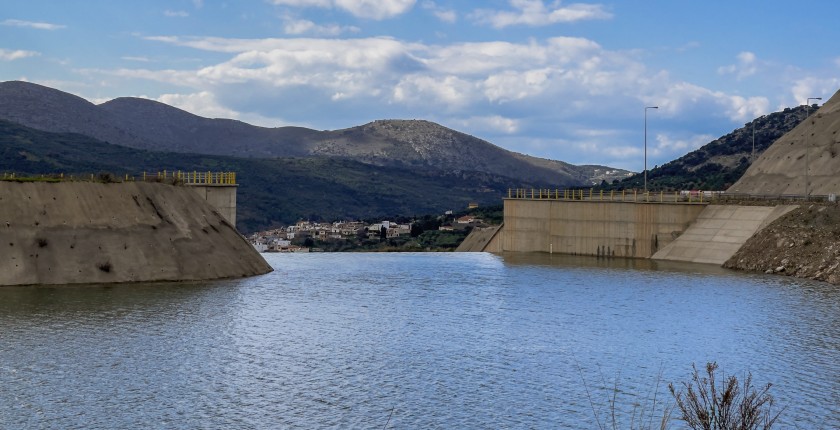
Photo: Evangelos Mpikakis on Unsplash
Romania has included the Pașcani hydropower project in Iaşi county on the list for EU grants. The construction stopped in 2018, when the dam and hydroelectric facility were 90% finished.
The government in Bucharest is entitled to massive European funds, which prompted a revival of a series of hydropower projects. One such investment, near the city of Pașcani, was started way back in 1985. But there has been no progress in the construction of the dam and hydroelectric facility since 2018, when they were more than 90% done.
After updating the project list within the National Recovery and Resilience Plan, Romania has started negotiations with the European Commission, in line with the REPowerEU plan, member of parliament Sorin Năcută said. The European Union launched it after Russia’s attack on Ukraine to reduce dependence on Russian fossil fuels.
An estimated EUR 81 million is required to complete the dam and hydropower plant in northeast Romania
Hidroelectrica’s Pașcani project is the largest investment in Iași county, in the historic Western Moldavia region, since 1989, the lawmaker said. The aim is to regulate the course of the Siret (or Sireth) river, a Danube tributary, establish an irrigation system and produce electricity.
The reservoir is planned to hold 68.7 million cubic meters of water. It should irrigate 46,000 hectares and supply water for industrial purposes. An estimated EUR 81 million is required to complete the works at the site in northeast Romania. The hydropower segment is for a 12 MW facility.
The 13 hydropower facilities on the list for funding from the NRRP are envisaged to produce a combined 2 TWh per year
The National Recovery and Resilience Plan (NRRP or PNRR) includes EUR 1.62 billion for the energy sector, of which EUR 1.3 billion was allocated for the electricity segment. All funds must be spent by the end of 2026, which is putting a strain on Romanian institutions and companies as they have to accelerate the necessary legislation and studies.
There are 13 hydropower projects on the list, Năcută said and added they would have almost 2 TW in combined annual output.


















Be the first one to comment on this article.